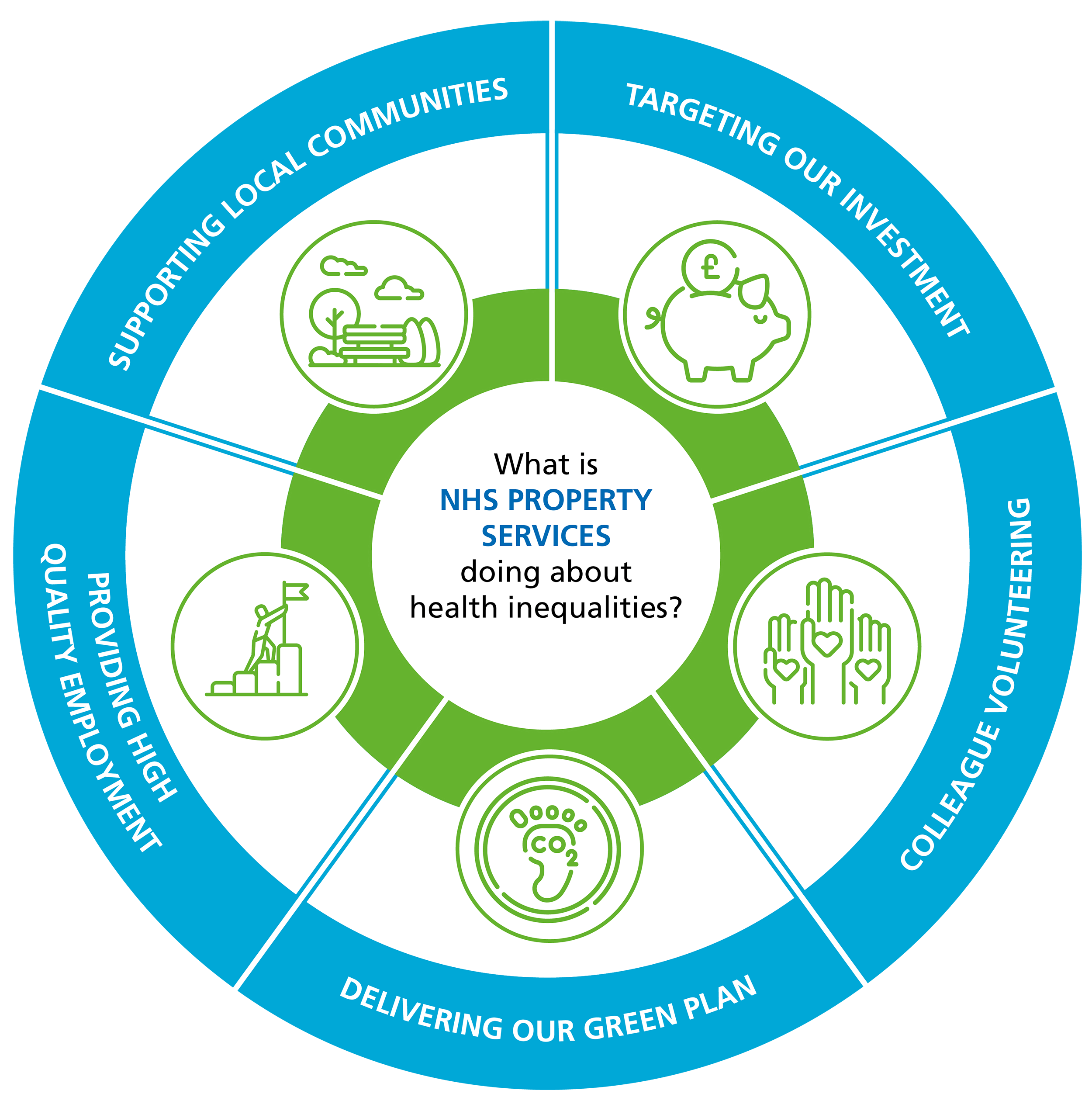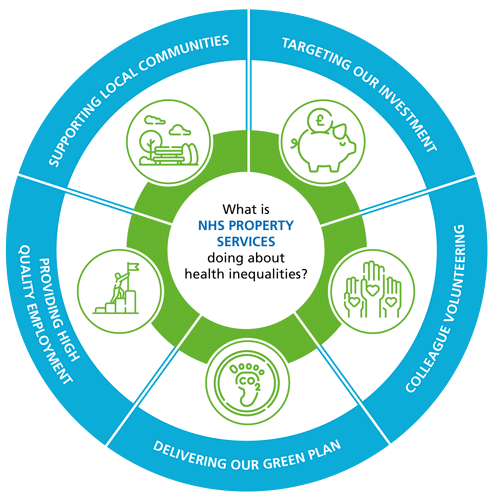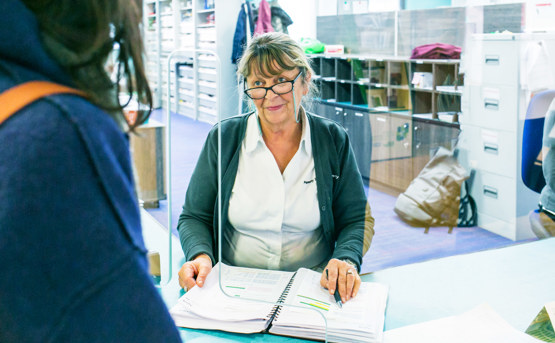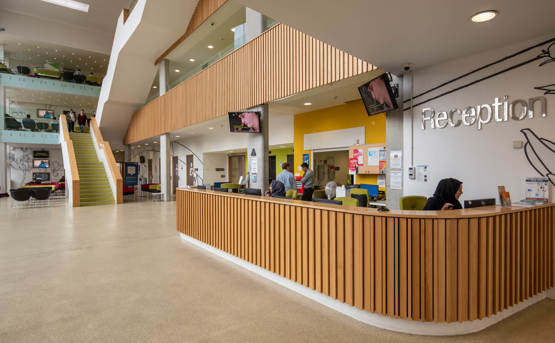We’re committed to addressing health inequalities across everything we do, from how we invest in our estates to supporting local communities.
What are health inequalities?
Health inequalities are differences in health across the population that are caused by lots of factors. This could include where you grew up or where you live now, or your age, gender, or ethnicity.
These factors influence our health, making it better or worse. They also influence how we think, feel and act, and this shapes our overall health and wellbeing.
Health inequalities can exist both between and within local council areas. People living in the wealthiest areas enjoy almost 20 extra years of healthy life compared with those in the most deprived areas. But why?
This is because those factors like your age or even your job could cause differences in:
- How you access care and health services
- The quality of the care and health services you have access to
- Your behaviour, such as how much alcohol you drink or what food you eat
- Your general health, for example, if you work in a very active or sedentary role
Meet Sruthi and Mary
While Sruthi and Mary are both 65-year old women living in England, a range of factors mean they have had very different experiences with their health.
This infographic shows some of the differences they've experienced throughout their lives.
Get insight to help you create spaces that meet local population needs
Our new report, written by The Health Creation Alliance for NHS Property Services, draws on the experiences of ten communities, including those with poorer health outcomes, in accessing and using community spaces.
It provides valuable insight into how the NHS and its estate can best support them and other communities that would benefit from accessing community spaces.
What is NHSPS doing about health inequalities?
We want to make sure that someone like Mary has the same access to good quality healthcare that Sruthi does so we’re working to become an anchor institution. This means we can make the most of our resources to support the overall health of the communities we work in.
With properties across the country, in some of the least and most deprived areas, we have a role to play in helping to reduce the health inequalities that people are experiencing.


- We’re creating health in local communities through our Healthy Places and Social Prescribing Programmes. We're working with our customers to use the NHS estate well and invest in our properties to help reduce health inequalities. This includes spending 70% of our investment in areas with high-medium deprivation.
- Our colleagues volunteer their time with charities and community groups that are directly helping to tackle health and social issues that can lead to illness. This includes supporting foodbanks to ensure everyone has access to nutritious food and creating safe play areas for children.
- Our Green Plan sets out how we’re working towards being net zero carbon by 2040 and helping to create greener and healthier communities. This includes reducing our carbon footprint, which will contribute to better air quality and adapting for climate change to ensure our healthcare facilities across the country are sustainable and continue to deliver vital health services.
- We provide high-quality working conditions for our colleagues by providing training in key skills, supporting their wellbeing and opportunities to move up the ladder.
Our aim is that this will help to develop healthy and sustainable places across England and reduce health inequalities.
What is an anchor institution?
An anchor institution is usually a large organisation that is tied to a particular place and has a significant presence in that area (for example, a council or local university).
They’re focused on looking after the wellbeing of people in the local area as it supports their own long-term goals and survival.
NHS organisations are well-placed to be anchor institutions due to the wide population they look after and the role they play in everyone’s lives. They can act as anchor institutions by playing a bigger role, helping to positively influence the social, economic and environmental conditions in an area to the benefit of the local population.
Want to know more?
If you have any questions or want to know more, get in touch with our Customer Service Centre.






